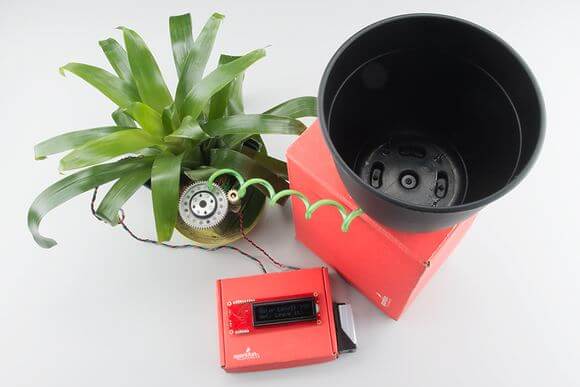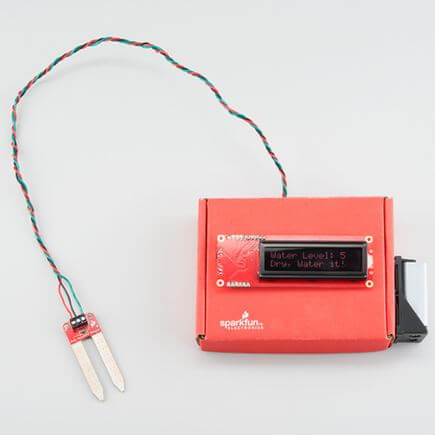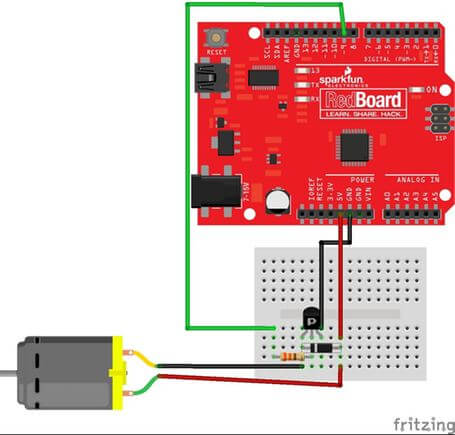Soil Moisture Sensor: Make Yourself a Smart Gardening Tool

Via hackster.io
If you still remember, TechDesign ran a story about a fellow maker’s IoT greenhouse project a few months ago. After decades of evolution, technology has been transforming the way people do gardening. With the help of technology, monitoring soil condition has been made easier than ever before. Gardening enthusiasts no longer have to keep worrying about these trivial aspects, because electronic devices that help to keep you in the loop are readily available. In fact, it is so simple that most of you can make one for yourself. TechDesign comes across another project by one fellow maker that we think can be a good example for all of you.
DIY soil moisture sensor
Soil moisture is one key component of gardening that can never be overlooked. Sarah Al-Mutlaq, the inventor of the soil moisture sensor, definitely knows the importance of monitoring soil moisture. That’s why she builds herself a soil moisture sensor to let her easily learn about the current soil condition of her plants. To help you easily understand the hardware requirements, TechDesign prepares a list of things to keep in mind based on Al-Mutlaq’s instruction:
- A total of three probes will be connecting the sensor itself and the soil. Two of them, VCC and GND, will be acting as variable resistors. When there is more water in the soil, the probes will have lower resistance.
- There are several options to connect the sensor to the circuit: soldering on a 3-pin JST Jumper Wire Assembly, soldering on a 3-pin 3.5mm Screw Pin Terminal, or soldering wires directly to the sensor.
- In order to prolong the lifespan of the sensor, only power the sensor on when you are going to use it.
To complete the setup, Al-Mutlaq connects the sensor to a RedBoard and an LCD screen. The finalized hardware looks like this:

To let the sensor interact with the LCD screen, users need to have access to Software Serial library. She provides a sample code for others to adjust based on their needs and preference. Additionally, she also shares some steps to bring the sensor to the next level: combining it with an automatic watering system. Here is a list of components that you will need to prepare:
- Some Actobotics parts, a bucket, O rings, PVC pipe. These should all be available at Home Depot or similar places
- A motor to power the watering system, glues, zipties, a piece of small acrylic l laser cut
Below is a graphic that shows one of the many ways to set up the automatic watering system:

If you want to learn about the setup in an interactive way, here is a video tutorial prepared by Al-Mutlaq:
(Via SparkFun Electronics on Youtube)
TechDesign hopes you find the project inspiring and interesting. For those who might want to further study about the whole project, please refer to its complete profile here. We will bring you more innovative projects from fellow makers in the next few weeks, so stay tuned. As always, we welcome any suggestion or opinion. If you think you have ideas that can make our content better, please don’t be shy and leave them in the comments.










I see your site needs some fresh content. Writing manually is time consuming,
but there is tool for this task. Just search for: Fasrixo’s
tools